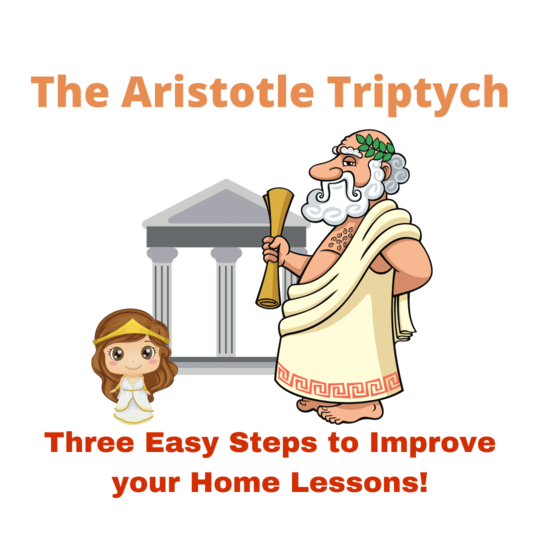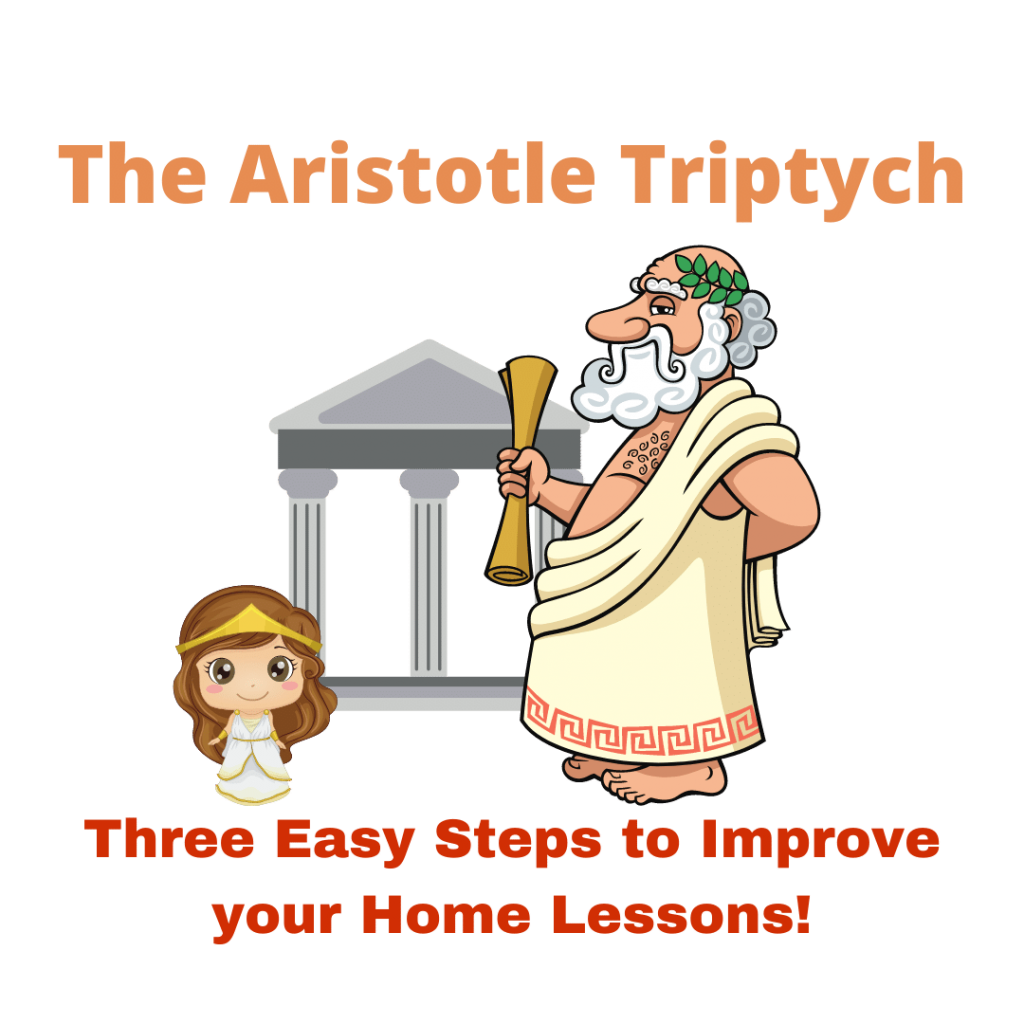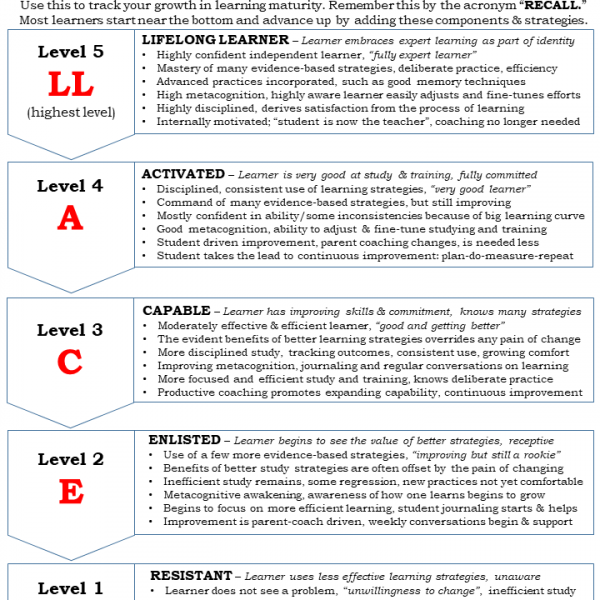
3 Teaching Tips from Aristotle

Reading time: 5 minutes
Looking for some new ideas to improve your teaching? Here is a three-step technique which shows us why many of the most powerful teaching techniques are also surprisingly easy to do. This is a proven fundamental approach for effective instruction.

Many years ago, I began my second career as a junior trainer, and a senior trainer and wise mentor shared with me this simple piece of advice about teaching.
“When you teach, there are three things you always should do, James.” I recall him saying. “Tell them what you are going to tell them, tell them, then tell them what you just told them.” It wasn’t long, with a little more experience under my belt, I gained an appreciation for the deep wisdom and effectiveness of this counsel.
But what I didn’t realize then, this advice originally came from the master of rhetoric himself, Aristotle. It has served me well for the duration of my careers as a trainer, public speaker, and coach. You will find this simple “triptych” (originating from the Greek word ‘triptykhos’ meaning three-layered) to be one of the most valuable methods to use for all your homeschool lessons.
Follow these three simple teaching steps:
1. Tell them what you will tell them. When you open your lesson, explain why you are teaching it. This step has two components – describe what you intend to talk about in broader terms, and then highlight what you most want your kids to learn. Inexperienced instructors tend to cover the former, while better instructors will do both. They understand it is important to focus learners on what they will get from the lesson. When the content you buy has learning objectives, share them here to provide supporting detail on expected lesson outcomes.
Then. . .
2. Tell them. This is the step where you cover the heart of your lesson or learning exercise, where you present details and lead learning activities. As you cover these, don’t focus only on the content, but also take time to point out the personal benefits of knowing this information. Good teaching connects to both the learner’s heart and mind. Don’t assume the benefits of knowing this information to be obvious, especially to new learners.
Then. . .
3. Tell them what you just told them. As you close, you again review the most important points. Students need to hear them at least one more time. This step also allows you to correct any misunderstandings, answer questions, and narrow gaps in their understanding. Cover the things you most want them to remember. Ask the learners to summarize the main points in their own words.
“Tell them what you are going to tell them, tell them, then tell them what you just told them.”
These 3 steps provide a solid but simple structure for instructing your lessons. Sometimes your instructor’s guide may have objectives and suggestions for opening or closing, but you can’t rely on the developers always doing this for you. When they don’t, you can easily prepare your own in a few minutes. Write down the bullet points you intend to cover for steps #1 and #3. Think clearly and write down the reasons why you are teaching this lesson. Think about the benefits to the kids of knowing this information and jot this down. Doing these and covering the three steps of Aristotle will make you a better instructor because you will be practicing one of the best and most fundamental instructional techniques.
Follow Aristotle’s triptych – it was a solid teaching advice then – and remains a useful technique today.
For more on this, see learning objectives in our parent resources section.






